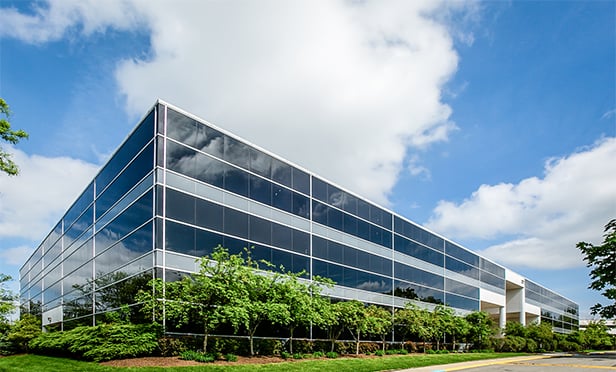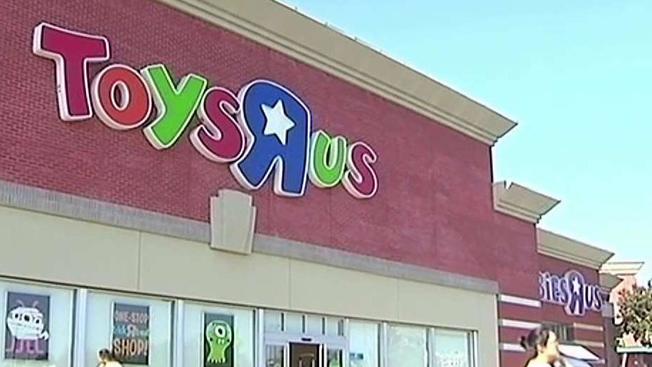Yet toward the end of the year and into 2010, transaction activity began to pick up. Driven by the availability of GSE financing, low interest rates and relatively good fundamentals in most major markets, coupled with the need to place capital, buyers began to come into the market to snap up select properties. The only problem, at least in the final three months of last year, was that sellers were reluctant to give up their assets. Yet this actually turned out to be a positive for the sector as fierce competition for the few quality properties that were put on the block worked to drive prices up. CBRE notes that it seemed like values bottomed out in November 2009, when Moody's reported the first positive returns; Moody's originally estimated that multifamily prices would decline between 25% and 40% from the 2007 peak. By the end of last year, cap rates for class A assets in top-tier markets even saw a bit of a decrease.
While that did entice some sellers to put their assets up for sale, most are still holding tight to their properties, resulting in a significant imbalance between the demand for, and supply of, class A assets. "Private, public, domestic and foreign capital alike have all identified US apartment properties as the best and safest bet for the foreseeable future. Property operations in most markets are stabilizing with a general belief that there will be real rent increases in 2011 and significant rent increases in subsequent years," says Peter Donovan, senior managing director of CBRE's multi-housing group here. "Cap rates for core multifamily properties have declined 75 to 150 basis points at a speed that would have been unthinkable a year ago."
The wealth of capital versus a dearth of supply will most likely exist for the balance of the year, he adds, and cap rates should continue to decrease modestly through the first half of this year. Once more product enters the market, cap rates should start to rise, probably in the latter half.
The lack of available properties is causing some would-be buyers to consider lesser-quality properties. "Investors will be able to seek better returns and less competition for class B product through the first part of 2010," says Donovan, leading to downward pressure on cap rates for those properties, too.
Yet class C product isn't garnering the same attention, mainly because tighter underwriting conditions make them difficult to finance and investors don't see the upside potential in them. "The volume of class C transactions will likely remain small as investors looking for such opportunities are penciling in IRRs of more than 20%," he states.
No matter the quality of property, the leading criterion for investors seeking apartment product will be a predictable income stream. Both buyers and lenders "will use annualized 30-, 60- or 90-day trailing revenue with 12 months of trailing expenses to create a stable, predictable NOI," in their underwriting, says the executive. This trend has even led investors to shy away from value-add plays, since lenders are less willing to finance product that is not currently cash flowing. While NOI for the first year is underwritten close to existing figures, many players are expecting somewhat significant rent growth from 2012 to 2014 in most major markets.
Aside from core product, a good amount of investors are looking at "unstable" product such as fractured condos or new deliveries that aren't fully leased. Even traditionally core buyers are considering some of the assets, as long as the location and price are right. The good news for folks looking for deals is that 2010 should increase the flow of distressed assets to the market, although it will be nowhere near the flood that was expected. "The five-year, ultra-aggressive CMBS loans that were placed during the bubble period in 2005 through 2007 will begin to come due this year," Donovan explains. That works out to some $29 billion of fixed-rate CMBS maturities this year, a five-fold increase over 2009. While borrowers holding class A and B product will be able to get workouts, class C properties will most likely end up on the market as distressed offerings.
Along that vein, many owners will have to make a decision to either refinance their asset until values increase more, or sell it into today's market. There are several factors to consider, including the direction of the economy, whether interest rates will remain low or rise, property fundamentals and competition from other assets that are put up for sale. If interest rates rise, so will cap rates, resulting in value declines. "Unfortunately, the property's NOI cannot increase enough to offset a significant increase in cap rates or a sharp decline in the market fundamentals," says Donovan.
It certainly is a sellers' market, but some property owners will still choose to hold onto their assets in the hopes that fundamentals will improve and the investment market will be more favorable in a few years. In these cases, it would be wise to refinance through Fannie Mae or Freddie Mac, especially if the owner intends to sell within five years. According to Donovan, "Having assumable and resizable financing on the property will hedge the possibility of rising cap rates and declining property values."
© Touchpoint Markets, All Rights Reserved. Request academic re-use from www.copyright.com. All other uses, submit a request to [email protected]. For more inforrmation visit Asset & Logo Licensing.






